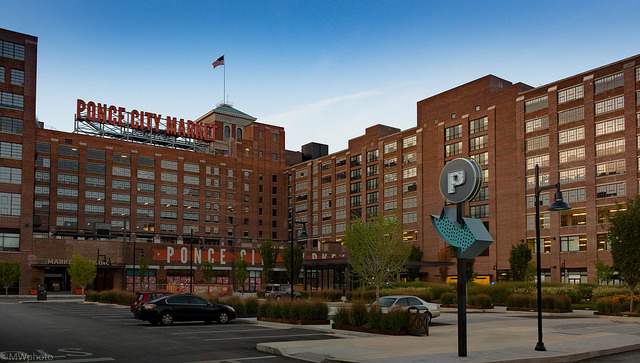Using Historic Tax Credits to Increase Profit
In every community across the country, enterprising developers are scooping up historic structures as investment properties. These old mills, factories and turn-of-the-century buildings exude character – and have a lot of potential for modern day uses. Whether it’s a new retail center, residential property, office space, hospitality property or government complex, existing, historic structures are popular options for development projects.
Historic restoration projects repurpose aging and unusable buildings and structures for today’s uses, often creating new urban centers out of dilapidated and unsafe eyesores. They capitalize on a community’s nostalgia for the original structure, which typically boasts inimitable personality features and context within the neighborhood. These intangible assets increase community buy-in for a historic renovation project, which promises to preserve the integrity of a structure while making it usably modern or functional for the current population.
An excellent example of this is Ponce City Market (PCM). Originally the Sears Building from 1926 until 1987, PCM was transformed into and served as Atlanta City Hall West for another decade. With the development of the Atlanta BeltLine, PCM was further rehabilitated – this time transforming the facility into a bustling center of activity featuring office, retail, restaurants and entertainment in the heart of Atlanta that reflects the handsome architectural features of its previous “prime” years. The developers were incentivized to rehabilitate the existing structure by leveraging state and federal tax credits available through the Federal Historic Preservation Tax Incentive program, becoming one of the largest projects to leverage the tax credit program since its inception by Congress in 1986.
A historic restoration project can potentially be exceedingly profitable for owners. By taking advantage of an existing structure, there may be less construction required. And by redeveloping an existing facility, owners could also avoid property acquisition and utility relocation costs. Additionally, the redesign of mechanical, electrical and plumbing systems provide sustainable opportunities to increase systems efficiencies that benefit the environment and reduce overall operational costs of the resultant building.
While these projects allow innovative developers to capitalize on historic structures, there is a downside: they are often more costly to undertake than traditional renovation or new construction projects. Historic properties have limitations for development, and fitting current infrastructure and technology into existing spaces – and meeting current building codes – can cause logistical issues and costly redesigns that threaten the bottom line; however, the tax credit incentives financially bridge many, if not all, of these issues.
Because of the ultimate positive impact on the community as a whole, projects approved for historic tax credits tend to be met with less government resistance, and in addition to the project capital provided by the credits, building permits are often expedited – sometimes cutting the permit process down by years.
To make these projects more attractive to real estate owners and developers, the government offers incentives for their execution and completion, in the form of historic tax credits (HTCs). Administered by the Georgia Department of Natural Resources Historic Preservation Department, tax credits and other incentives are subject to change, and rehabilitations are subject to specific guidelines that must be followed in order to ensure eligibility.
Understanding how historic tax credits can be applied to offset restoration projects is a critical component of real estate management. Worthwhile projects, historic restorations typically bolster property values, create jobs, benefit the economy and revitalize communities, so the government wants to see them completed. These credits can make a costly project financially feasible – and ultimately profitable. As state and federal funding provides historic credits to encourage the completion of bespoke restoration projects, your paper-mill-turned-boutique-hotel project could soon be a reality.



